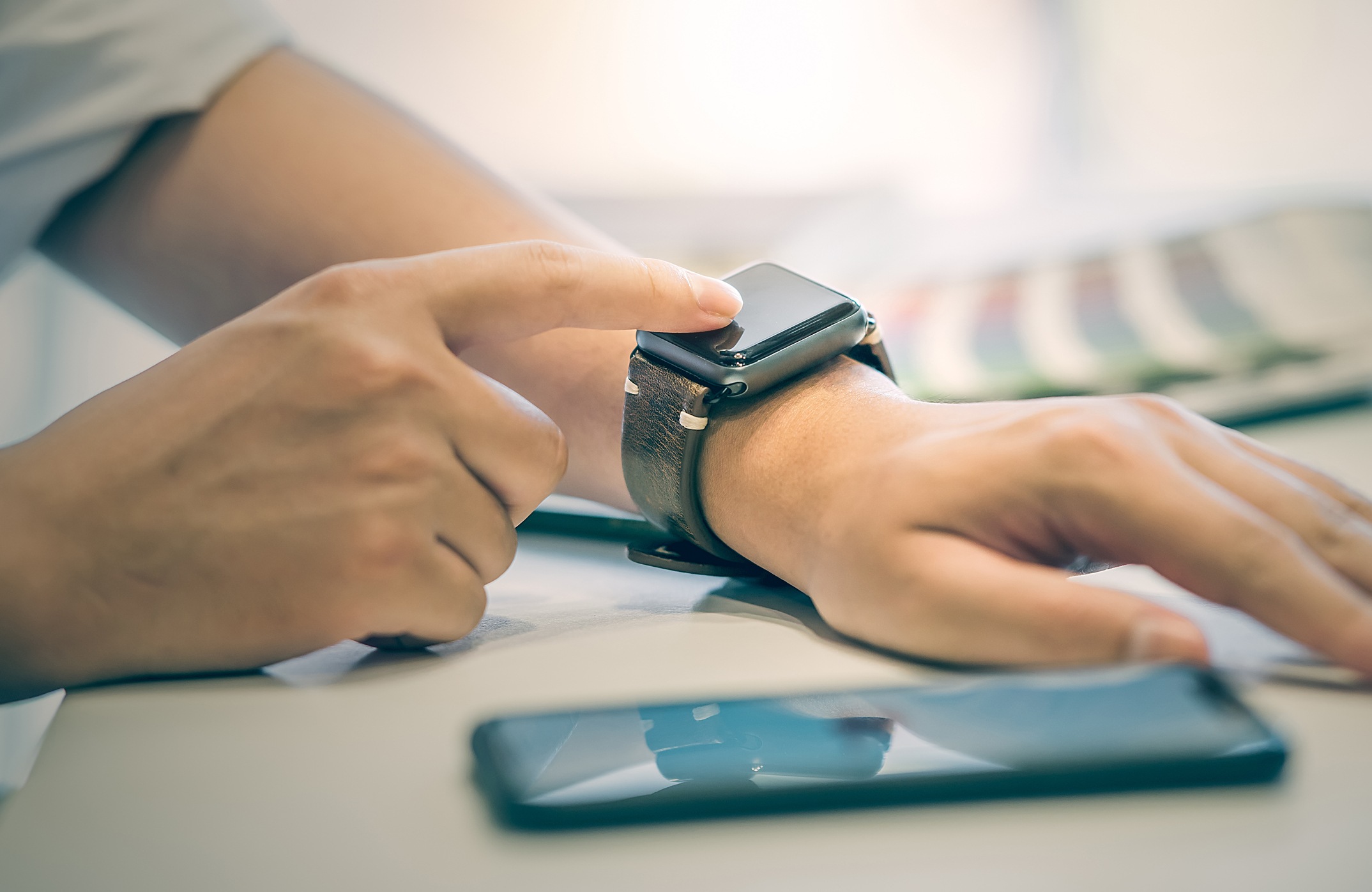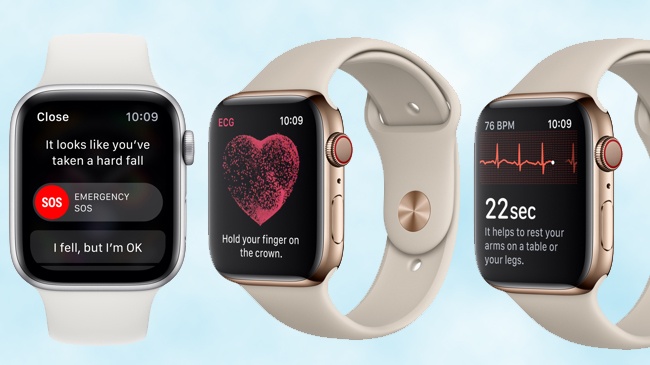
The new Apple Watch has been making headlines with its new electrocardiogram (ECG) capability. This feature allows the device to monitor the electrical activity of the heart in addition to its preexisting heart rate sensing ability, providing comprehensive cardiovascular data. ECG technologies are used to observe heart rate and rhythm in a manner that can diagnose arrhythmias, heart attack, enlarged heart, and other diseases. By incorporating this diagnostic tool into a popular wearable technology, Apple may be revolutionizing disease diagnosis and management via continuous monitoring of the patient. In this article, we have curated some of the most recent announcements regarding the Apple Watch in healthcare endeavors.
Livongo Working With Apple Watch to Improve Disease Management
Livongo, a digital health startup that focuses on chronic disease management, recently announced that it will be integrated into wearables like the Apple Watch to provide health reminders to consumers. The company has previously worked to improve the quality of life in employees at Microsoft and Amazon with chronic conditions like diabetes. Moving into the smartwatch industry, Livongo is now aiming to give users personalized “Health Nudges” through notifications that promote health-conscious decisions.
Using AI and Wearable Sensors to Detect Heart Disease
Researchers have recently developed an artificial intelligence (AI) classifier that can detect a specific cardiovascular disease using a wearable wrist biosensor, such as the Apple Watch. The condition, hypertrophic cardiomyopathy, can cause serious complications and is commonly unrecognized in the clinical setting. By proposing a diagnostic approach using a machine learning and a wearable sensor, these researchers have potentially developed a noninvasive and widely available tool to identify the disease. Their work was published in npj Digital Medicine on June 24.
The diagnosis of hypertrophic cardiomyopathy is often missed. Using a wearable sensor and #AI (ML of PPG) it can be accurately detectedhttps://t.co/nhqYdDBqLx @Nature_NPJ Digital Medicine by @ercgrn and colleagues #openaccess pic.twitter.com/oX7eez8nrC
— Eric Topol (@EricTopol) June 24, 2019
Detecting Changes Suggestive of Atrial Fibrillation
An app for the Apple Watch was able to detect atrial fibrillation (AFib), or irregular beating of the heart’s top two chambers known as the atria, in a small group of people and alert them of an irregular heartbeat, according to preliminary data from a new study presented at the 2019 American College of Cardiology Annual Scientific Session in New Orleans. The study was funded by Apple and consisted of over 400,000 participants.
Apple Watch Set to Be Evaluated in an Innovative AFib Study
As more research continues to emerge regarding the Apple Watch’s EKG feature, the device is gaining credibility in the field of cardiology. Several of these studies have focused on the Apple Watch’s ability to detect AFib. The device was found to be over 98% accurate in detecting AFib or other that Apple submitted to the FDA, providing evidence that it is on par with other EKGs. Though these results suggest the efficacy of the device’s EKG, they do not address the real-world implications of the watch’s use. To analyze this, the National Evaluation System for health Technology Coordinating Center (NESTcc), has launched a Test-Case involving Apple Watch use in AFib patients that will evaluate the device’s success in monitoring AFib in an organic manner.
Monitoring Surgical Recovery with the Apple Watch
Recently, Apple has announced its partnership with Zimmer Biomet to couple Apple Watch health-tracking data with the mymobility app to help patients recover from knee and hip replacements. Apple is also working with the medical device company on a clinical study involving 10,000 patients to test the system’s efficacy.
Detecting Falls and Notifying Emergency Services
 With its ECG features, the new Apple Watch will be able to detect when the wearer of the device falls. The Apple Watch Series 4 prompts wearers with the option to notify emergency services after it detects a fall. The device senses sustained lack of motion in the user that helps indicate injury or a fall with its accelerometer and gyroscope.
With its ECG features, the new Apple Watch will be able to detect when the wearer of the device falls. The Apple Watch Series 4 prompts wearers with the option to notify emergency services after it detects a fall. The device senses sustained lack of motion in the user that helps indicate injury or a fall with its accelerometer and gyroscope.







 © 2025 Mashup Media, LLC, a Formedics Property. All Rights Reserved.
© 2025 Mashup Media, LLC, a Formedics Property. All Rights Reserved.